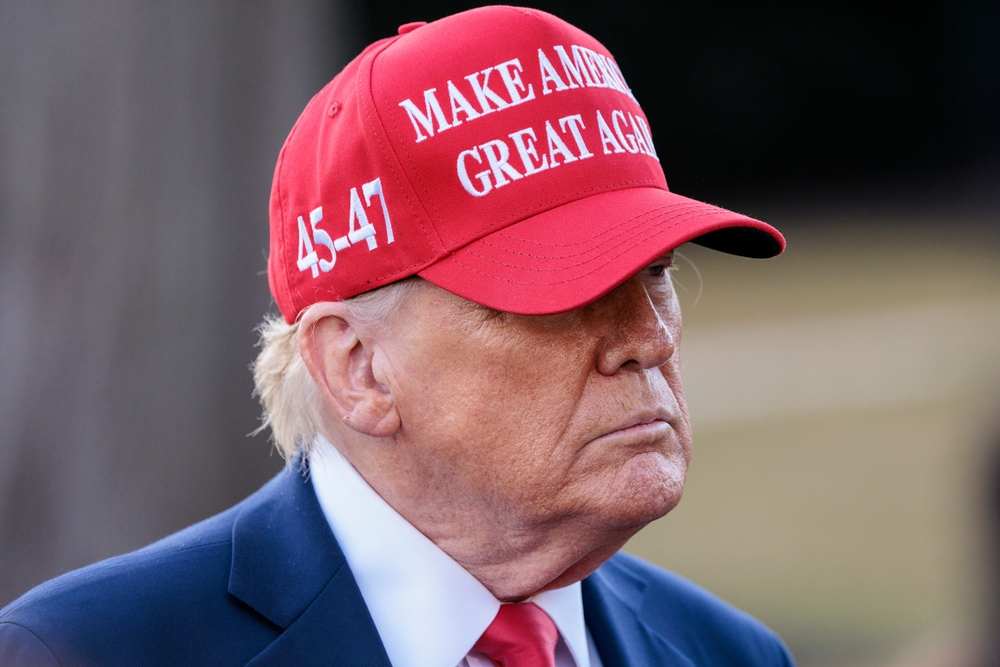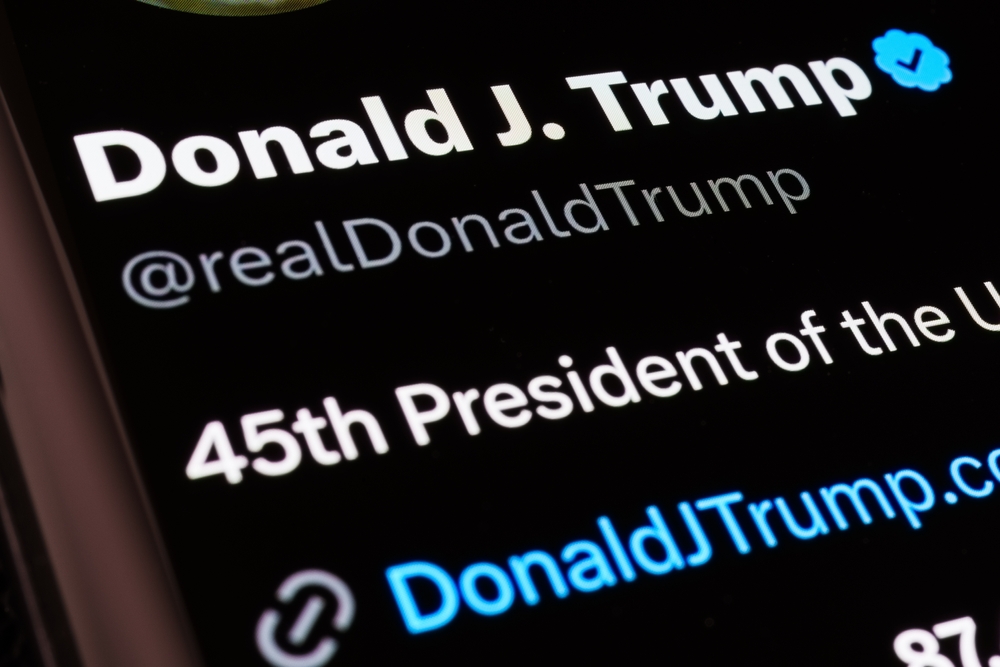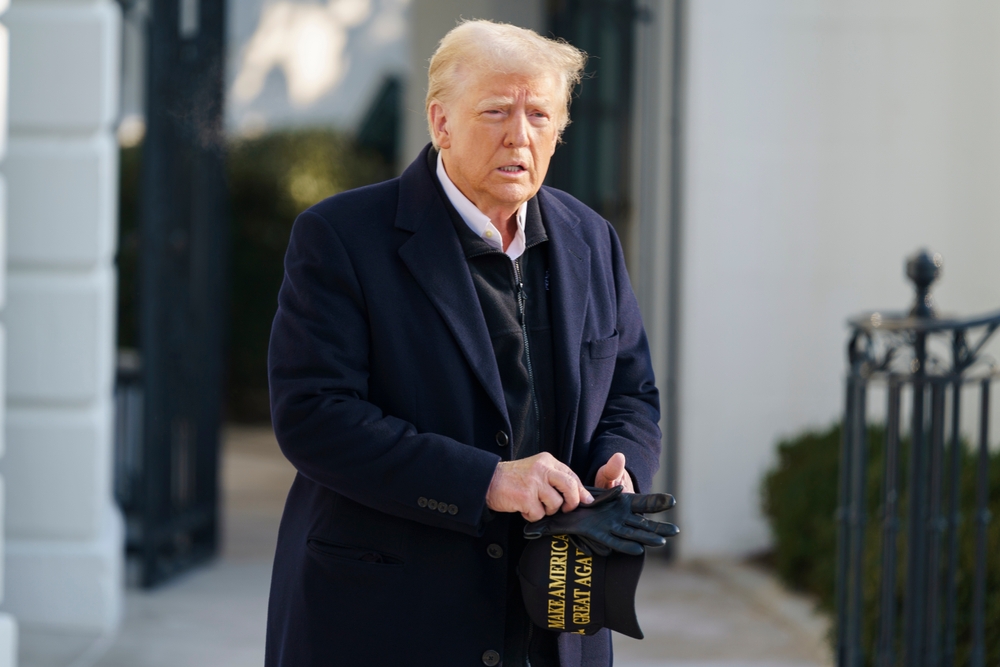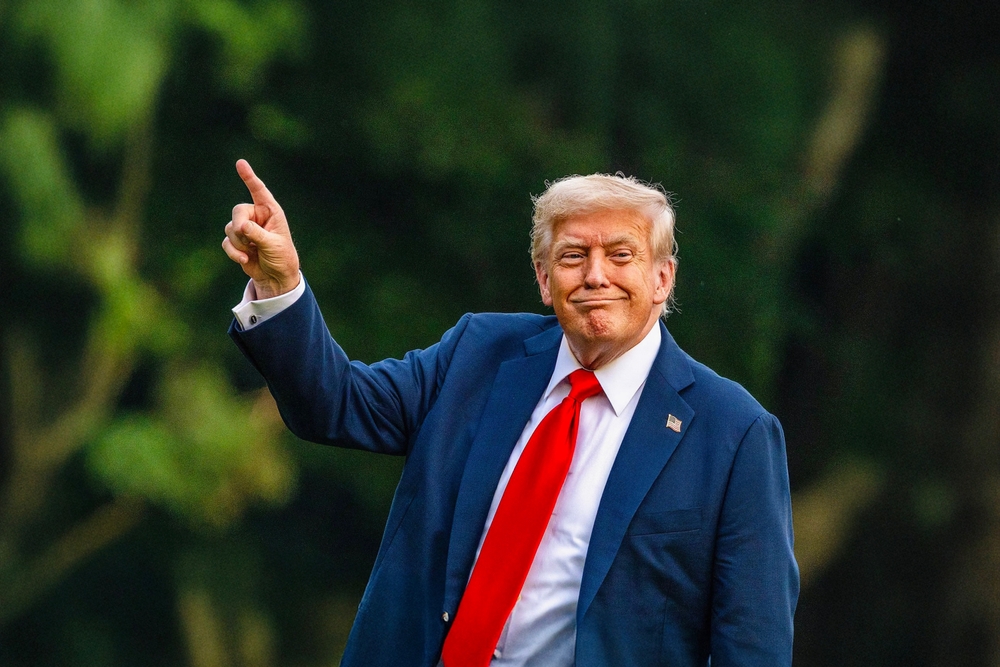Your cart is currently empty!
Trump’s Approval Rating Plummets After Record-Breaking Government Shutdown

Donald Trump’s second presidency is facing its most critical test yet. What began as a campaign built on promises of renewed national strength and self-reliance has now collided with the harsh realities of governance. With a record-breaking government shutdown and approval ratings hitting their lowest point since his return to office, Trump stands at a political crossroads. A CNN and SSRS poll released on November 3 placed his approval at 37 percent, reflecting a steady decline in public confidence. The numbers may seem abstract, but behind them lies a complex picture of economic strain, partisan fatigue, and a nation divided over the cost of unyielding leadership.
For millions of Americans, the shutdown is more than a political headline; it is an everyday hardship. Federal employees are missing paychecks, public services are grinding to a halt, and countless families are caught in the uncertainty of Washington’s stalemate. The shutdown has officially become the longest in U.S. history, surpassing the previous record also set during Trump’s first administration. Yet, true to form, the president remains defiant. “I think it’s the best nine months, they say, of any president,” Trump told the America Business Forum in Miami on November 5. His words reflect a confidence that seems increasingly disconnected from the lived reality of many Americans.
Still, Trump’s resilience cannot be dismissed outright. His political career has been built on a foundation of survival against expectations, controversy, and relentless opposition. He has mastered the art of reframing setbacks as battles for principle, appealing to his base’s sense of grievance and loyalty. But the current crisis feels different. It is not merely a partisan standoff or media controversy; it is a direct test of governance. The longer the shutdown continues, the more difficult it becomes for the administration to control the narrative or shift the blame.

The Stalemate That Shook Washington
The ongoing shutdown began as a dispute over federal budget priorities but has now evolved into a symbol of deep political dysfunction. Republicans failed to secure enough votes to pass their proposed budget without Democratic support, while Democrats refused to compromise unless major revisions were made. What might have been a short-term negotiation has transformed into a prolonged standoff, paralyzing Washington and undermining public trust in both parties. According to polling by YouGov and The Economist, 35 percent of Americans blame Republicans, 32 percent blame Democrats, and 28 percent hold both equally responsible. The blame may be shared, but the burden of leadership falls most heavily on the president.

The economic consequences are mounting. Each week the government remains closed adds billions in lost productivity and delayed spending. Federal workers and contractors face financial instability, small businesses that depend on government operations are struggling, and national parks, museums, and transportation systems are seeing disruptions. Economists warn that prolonged shutdowns risk weakening the broader economy by eroding consumer confidence and discouraging investment. It is a ripple effect that could linger long after the political impasse is resolved.#
The political cost is just as severe. Trump’s approval rating, while historically resilient among his core supporters, is softening among independents and suburban voters. Many of these voters backed him in the belief that his outsider status would bring order to Washington’s chaos. Instead, they see a familiar pattern of confrontation without resolution. The shutdown has also given Democrats an opportunity to cast themselves as defenders of stability and responsible governance, further shifting the political balance as the midterm elections approach.

A President’s Strategy Under Strain
Trump’s governing style has always relied on confrontation and loyalty. His refusal to compromise, while admired by his base, often alienates the moderate voices needed to govern effectively. This same dynamic now threatens his broader political future. The president has framed the shutdown as a necessary fight for fiscal responsibility and national sovereignty, portraying his stance as one of principle rather than politics. Yet history suggests that prolonged government closures rarely favor those in power. Previous presidents, from Bill Clinton to Barack Obama, found that voter frustration with stalemates quickly translated into falling approval numbers.

The parallels to Trump’s own first-term shutdown are striking. During the 2018 to 2019 closure, the president ultimately conceded after widespread public backlash and economic disruption. The difference now is the scale of expectation. Having won a second term, Trump is no longer the insurgent outsider fighting against the establishment; he is the establishment. The decisions he makes are no longer symbolic acts of defiance but practical measures that shape lives, paychecks, and national stability. The higher the stakes, the less tolerance voters have for political brinkmanship.
Within the Republican Party, the mood is increasingly tense. Lawmakers who once rallied behind Trump’s confrontational style are beginning to express quiet concern about the long-term impact of his tactics. Some fear that the prolonged shutdown could damage the party’s credibility heading into the midterms, especially in competitive districts. While few have publicly broken ranks, the murmurs of dissent are growing louder. For Trump, whose political strength depends on projecting unity, this internal unease could be as damaging as the opposition across the aisle.

The Broader Meaning of Leadership
The current crisis extends beyond one administration or one party; it reflects the fragility of trust between the government and the governed. Approval ratings are not merely numbers on a chart; they are barometers of faith in leadership. Trump’s presidency, once defined by bold promises and economic optimism, is now being tested by the slow grind of accountability. The image of strength that once energized his supporters risks becoming a symbol of inflexibility, and the distinction between conviction and stubbornness is growing thinner by the day.
Yet, this moment also offers an opportunity for recalibration. Presidents before Trump have faced political crises that forced them to adapt, compromise, and evolve. When Bill Clinton faced public discontent during a shutdown in the 1990s, he pivoted toward centrist policies that ultimately revived his standing. When Barack Obama faced a debt ceiling impasse, he worked to rebuild public confidence through transparency and negotiation. Whether Trump can make a similar adjustment remains uncertain, but history suggests that flexibility, not rigidity, determines longevity in leadership.

For the American public, the shutdown has become more than a political battle; it is a mirror reflecting the deeper divisions within the country. It raises questions about how power is exercised, how compromise is valued, and whether leaders are willing to place the nation’s wellbeing above partisan victory. As the weeks pass, the president’s challenge is no longer simply to reopen the government but to rebuild trust in his ability to lead. The coming months will reveal whether Trump can turn adversity into renewal or whether this chapter marks the beginning of a steady political decline.
